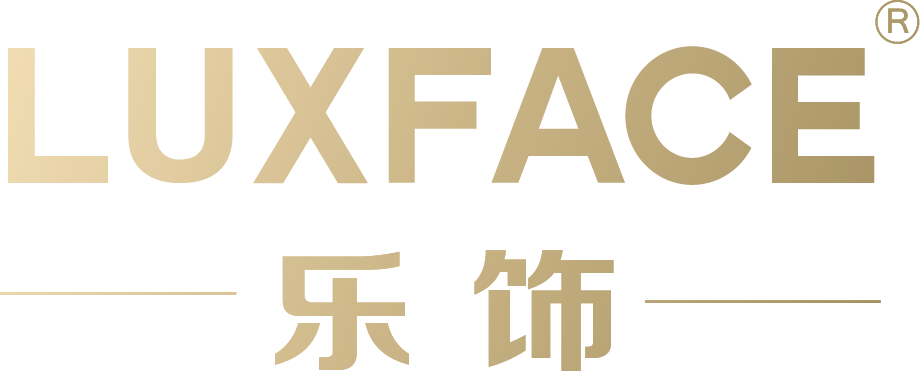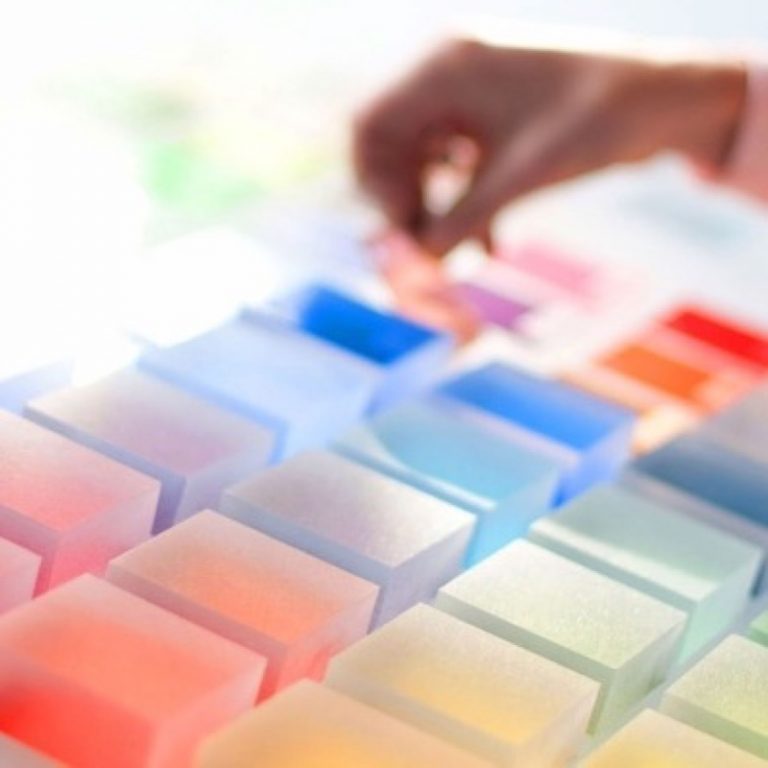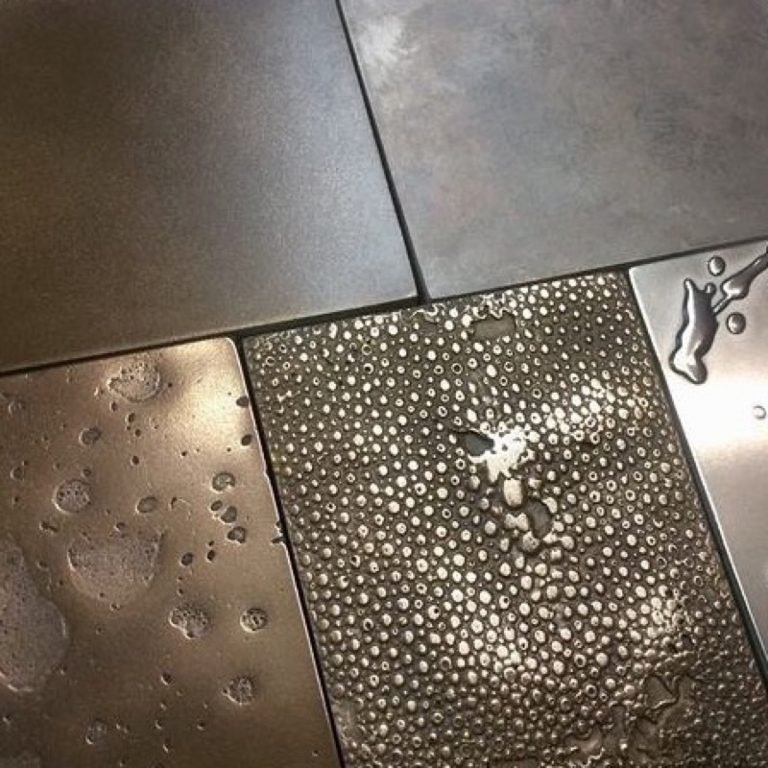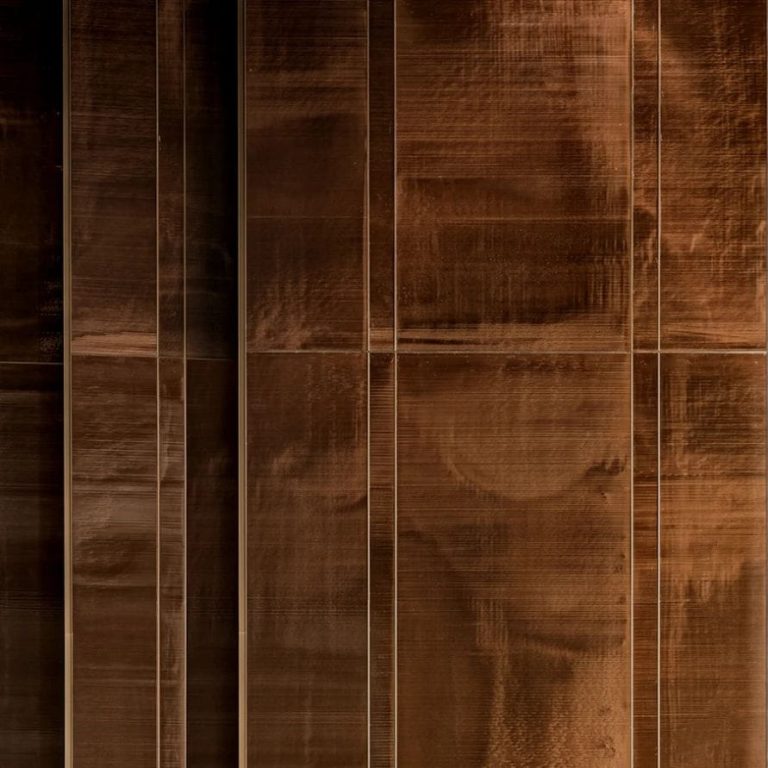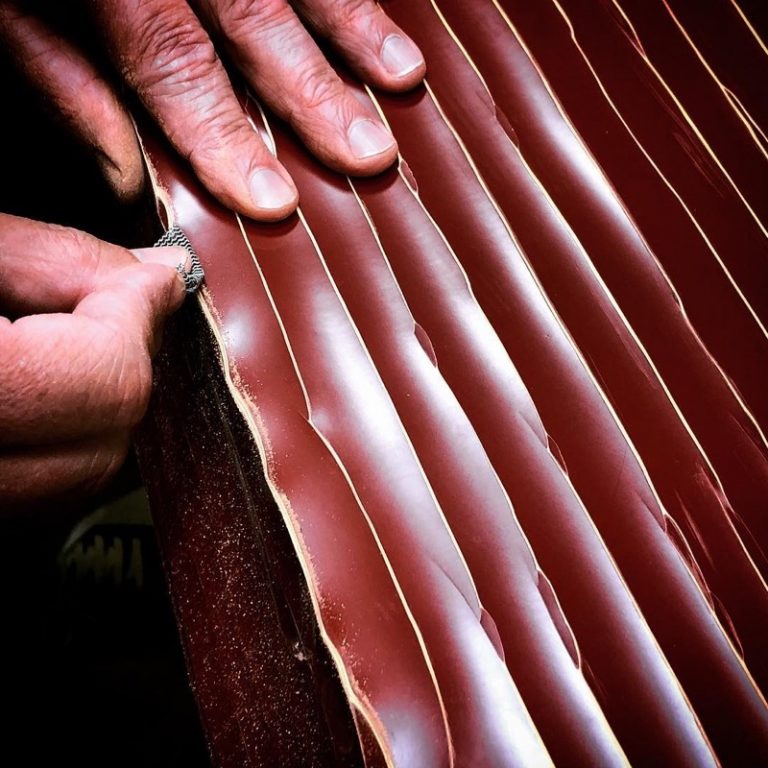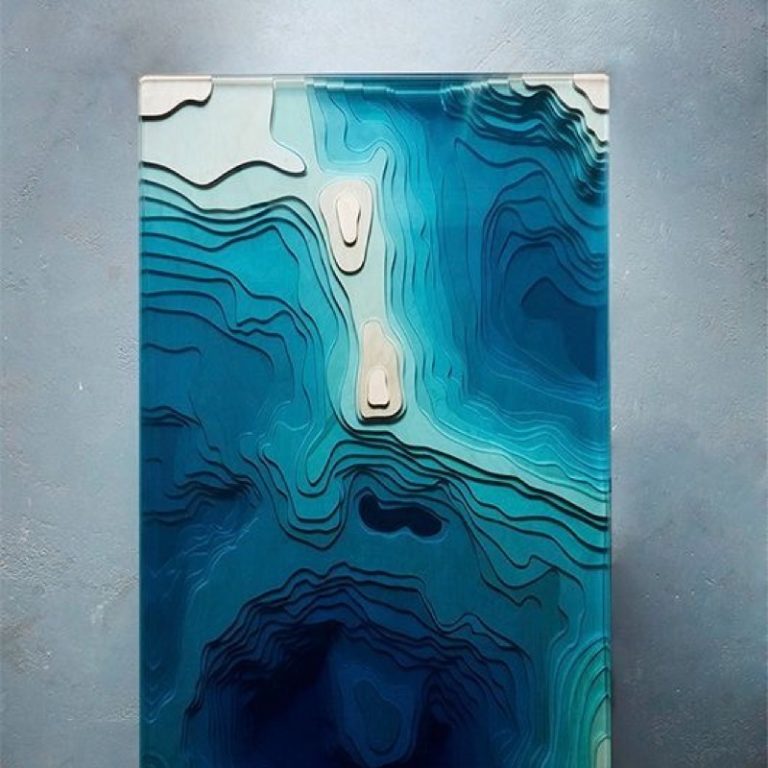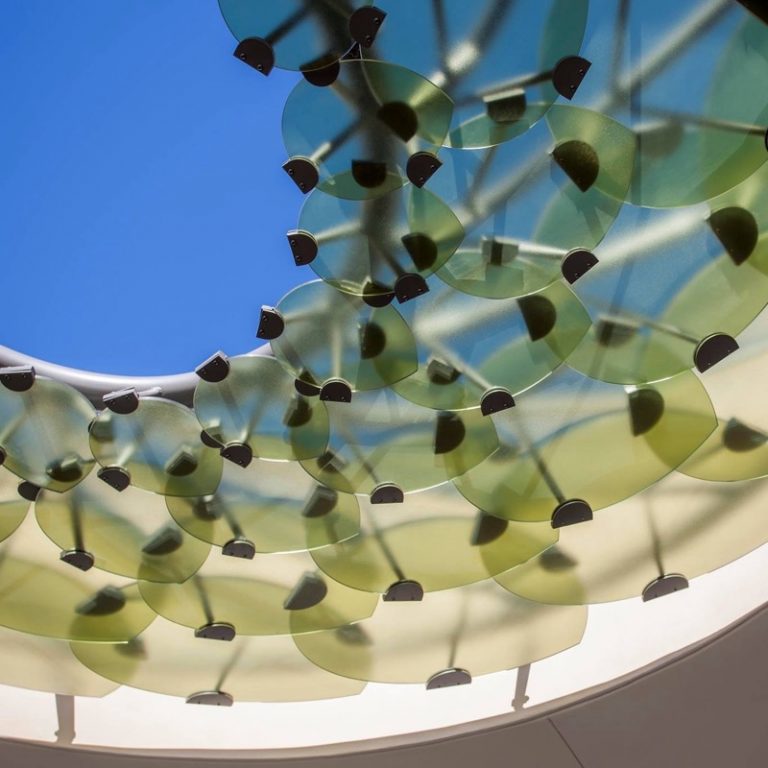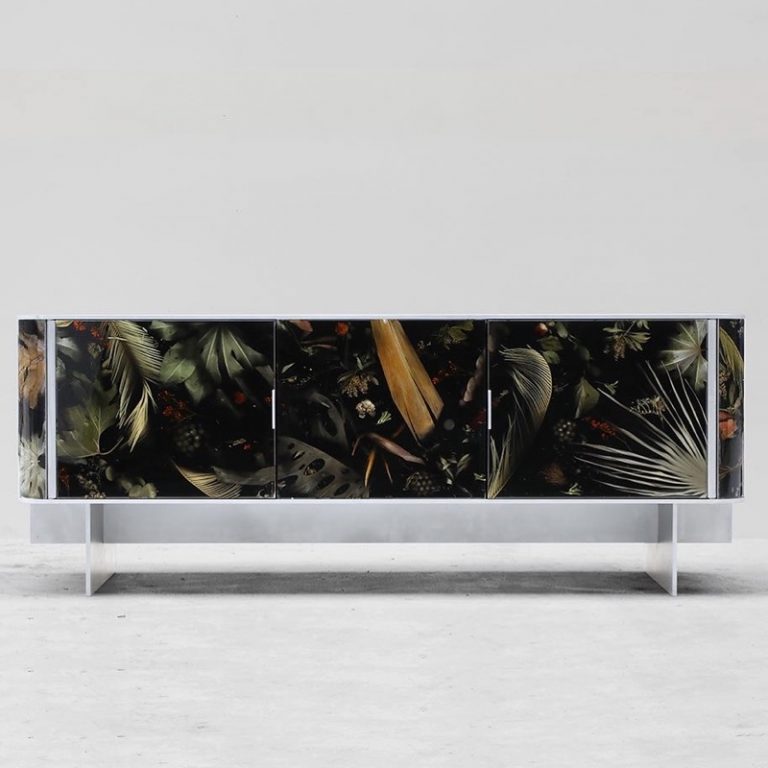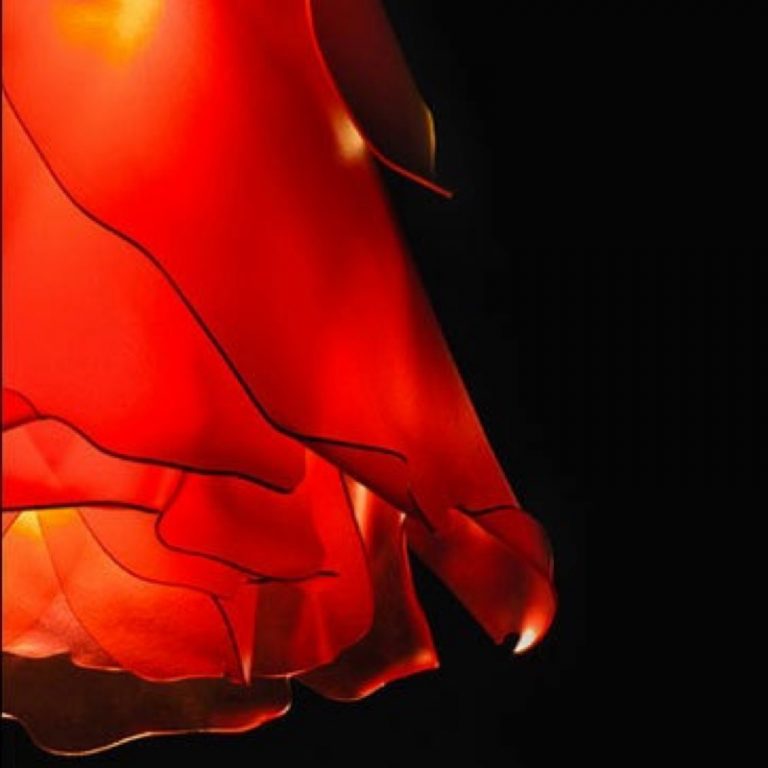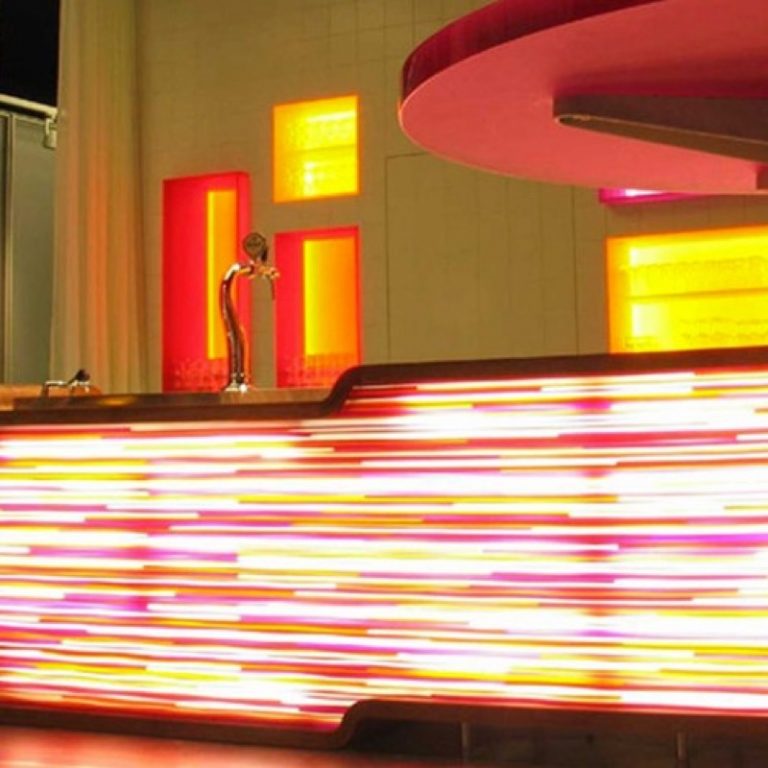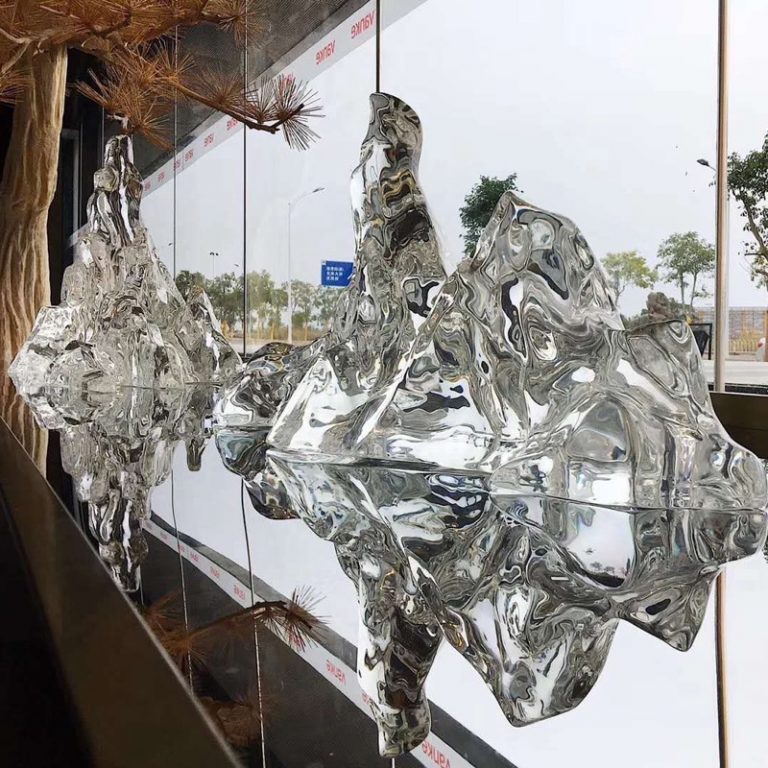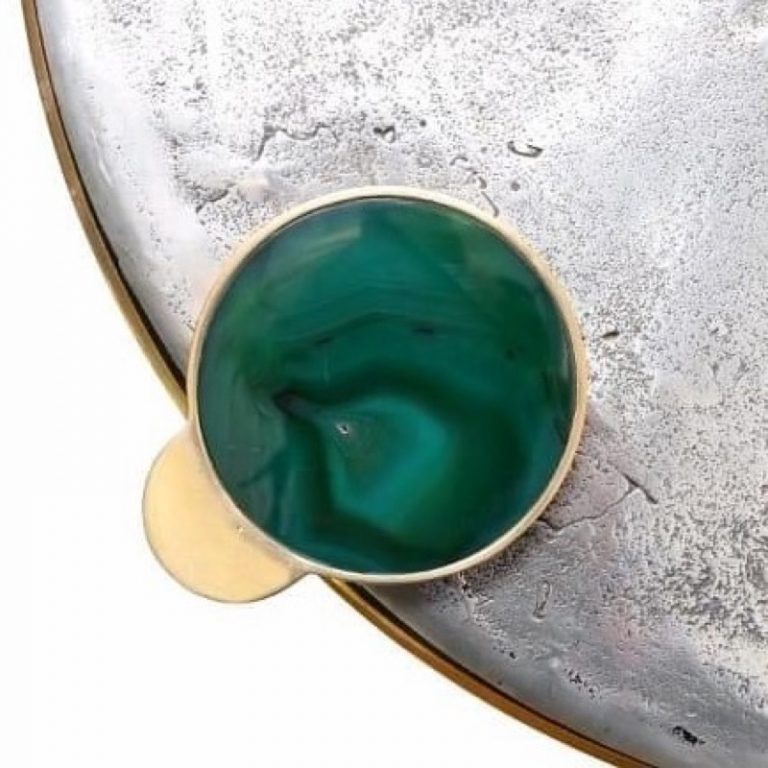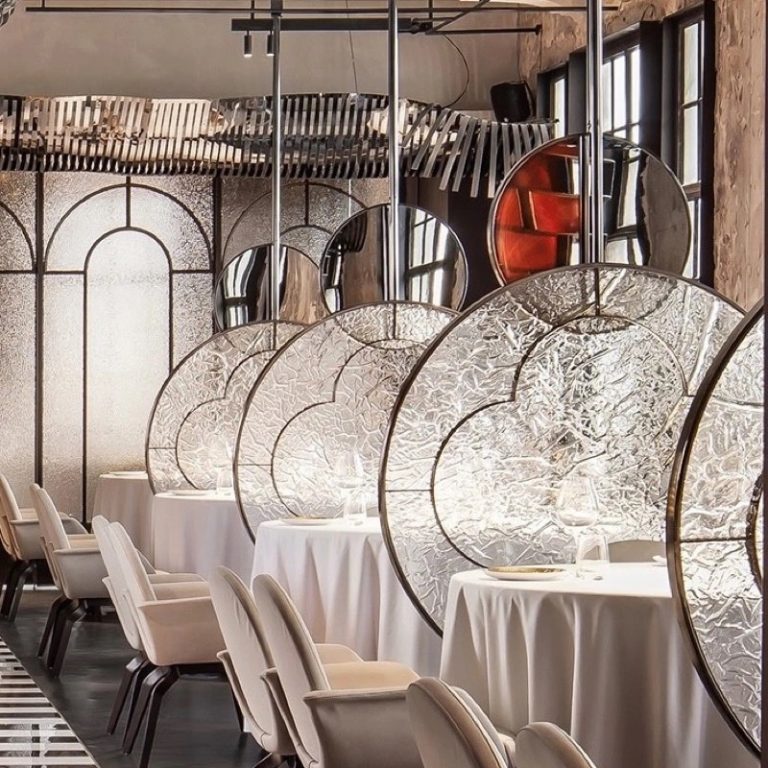Sources of Inspiration for Designers’ Color Palettes
Color plays a fundamental role in design, evoking emotions, setting moods, and communicating messages. Designers draw inspiration from a myriad of sources to develop unique and compelling color palettes. Here are some common sources of inspiration for designers’ color choices:
- Nature: Nature provides an endless array of vibrant colors, textures, and patterns that inspire designers. From the soothing blues of the ocean to the warm earthy tones of autumn foliage, natural landscapes offer a rich palette of hues to draw upon. Designers often incorporate colors found in flowers, plants, minerals, and wildlife into their designs, creating organic and harmonious color schemes.
- Art and Culture: Art movements, historical periods, and cultural traditions are rich sources of color inspiration for designers. From the bold and bright hues of Pop Art to the subtle and muted tones of Renaissance paintings, art history offers a diverse range of color palettes to explore. Cultural symbols, rituals, and celebrations also influence color choices, with designers incorporating traditional color associations and symbolism into their work.
- Fashion and Trends: The fashion industry sets trends that often spill over into other design disciplines, including graphic design, interior design, and product design. Designers closely follow fashion trends in color, texture, and pattern, drawing inspiration from runway collections, street style, and textile designs. Color forecasting agencies and trend reports help designers anticipate upcoming color trends and incorporate them into their projects.
- Travel and Exploration: Traveling to new destinations exposes designers to a variety of landscapes, architectures, and cultural traditions, each with its own distinct color palette. Whether it’s the vibrant markets of Marrakech, the pastel-colored buildings of coastal towns, or the neon-lit streets of Tokyo, travel experiences provide designers with fresh perspectives and inspiration for color exploration.
- Technology and Digital Media: The digital world offers a wealth of color inspiration, from the vivid hues of digital art and photography to the sleek and minimalist interfaces of digital platforms. Designers often draw inspiration from websites, apps, and social media platforms, analyzing color schemes, gradients, and color transitions used in digital design. Virtual reality and augmented reality technologies also open up new possibilities for immersive color experiences.
- Architecture and Interiors: Architecture and interior design provide inspiration for color palettes that evoke specific atmospheres and aesthetics. Designers study the use of color in architectural landmarks, residential interiors, and commercial spaces to understand how color can influence spatial perception and user experience. Historical buildings, modern skyscrapers, and minimalist interiors all offer valuable insights into color usage and composition.
- Personal Experiences and Memories: Designers often draw inspiration from their own experiences, memories, and emotions when selecting colors for a project. Whether it’s the soft pastels of a childhood bedroom, the vibrant hues of a favorite vacation destination, or the moody tones of a rainy day, personal narratives infuse designs with authenticity and meaning.
In conclusion, designers’ color inspiration is drawn from a diverse range of sources, including nature, art, culture, fashion, travel, technology, architecture, interiors, and personal experiences. By synthesizing these influences and exploring the interplay of color, designers create visually compelling and emotionally resonant designs that engage and inspire audiences.
